How to Keep Moss Healthy and Vibrant in Your Terrarium
A terrarium is a canvas where nature and creativity come together to craft a captivating mini-scosystem. A well-designed terrarium landscape brings together textures, colours, and shapes to mimic a natural environment within the glass. It’s about more than just adding plants—it’s about crafting a lush and vibrant scene that tells a story. Selecting the right materials, arranging moss and decorative elements, and filling the terrarium with layers that support plant growth are all key to achieving a captivating display.

Understanding Moss
Moss is a fascinating plant that adds a lush, vibrant vibe to any terrarium. Common types of moss used in terrariums include sheet moss (also known as carpet moss) and cushion moss (also known as bun or pillow moss). Each type has its own features, but all thrive in humid, low-light conditions. Moss is non-vascular, meaning it doesn't have the internal structures to transport water and nutrients like other plants. Instead, it absorbs moisture directly through its leaves, making it highly dependent on its environment.
The Role of Water and Light
Water and light are crucial for maintaining the health of moss in your terrarium. Moss needs consistent moisture but can easily suffer from overwatering or underwatering. Similarly, while moss thrives in low light, it still requires some indirect sunlight to photosynthesise. Moss is also an excellent indicator of the overall health of your terrarium. Changes in its colour or texture can signal issues such as excess humidity, poor ventilation, or imbalanced light levels within the ecosystem. Observing moss closely helps you better understand the conditions inside your terrarium and make timely adjustments. Balancing water, light, and air circulation keeps moss healthy, vibrant, and your terrarium thriving.
What Kind of Moss Can I Use in a Terrarium?
Choosing the right moss for your terrarium is essential for long-term success. Some popular moss types for terrariums include:
-
Sheet Moss: Known for its flat, carpet-like growth, it is ideal for covering large areas in terrariums. You can find it here.
-
Cushion Moss: This moss grows in dense, mounded clusters, adding texture and dimension. You can find it here.
Always source your moss responsibly, as wild harvesting can disrupt natural ecosystems. You can find both bun moss and carpet moss in our shop, making it easy to select the perfect variety for your terrarium.

Reasons Why Moss Turns Brown
Overwatering
Overwatering is one of the primary reasons moss turns brown. When moss is waterlogged, it can't breathe, leading to suffocation and eventual browning. Ensure your terrarium has proper drainage and that you're watering sparingly. The use of a mister can help you control the amount of water applied.
Underwatering
On the flip side, underwatering can dehydrate moss, causing it to turn brown and dry out. Additionally, moss can lose its colour and turn silver or pale green when stressed, which can also signal issues within the terrarium ecosystem. Moss needs to be kept consistently moist, so test the moisture level with your fingertip and mist the moss if it feels dry.
Inadequate Light
Insufficient light can also cause moss to turn brown. Moss needs low to moderate light, but complete darkness will hinder its ability to photosynthesise, leading to browning. Place your terrarium in an area with indirect or filtered light, such as a north-facing window.
Poor Air Circulation
Adequate air circulation is essential to prevent mould growth and maintain moss health. Poor ventilation can lead to stagnant air, which encourages mould and browning. Ensure there is some airflow in your terrarium, even if it's a closed one. Opening the lid from time to time won’t harm the plants and can help refresh the environment by allowing fresh air in.
The Natural Life Cycle of Moss
Moss browning can also be related to its natural ageing process. Older mosses gradually lose their vibrant green colour and begin to brown as part of their life cycle. If other conditions in your terrarium—such as humidity, light, and airflow—are properly balanced, but the moss continues to brown, it may simply be an indication of ageing. In this case, you can gently trim away the older, browned sections and consider introducing fresh moss to maintain the terrarium’s appearance.

When Moss Turns Brown, Is It Dead?
Once moss turns brown, it is usually impossible to revive it. It’s best to remove the affected moss and replace it with fresh, healthy moss. Alternatively, if only part of the moss has turned brown, you can trim the affected area and leave the rest intact. On the other hand, if moss has turned silver or lost its vibrancy, it typically means it is dry or dehydrated. Gently touch it to assess its condition and spray it lightly with water if needed. These actions will help maintain the overall health and appearance of your terrarium.
How Often Should I Water a Moss Terrarium?
Watering frequency depends on the type of terrarium and its environment. Typically, a moss terrarium needs to be misted every few months to maintain consistent moisture. We recommend using live moss only in closed terrariums, as it is not suitable for open terrariums. Closed terrariums might need less frequent watering as they create a self-sustaining humidity cycle. Use a mister to lightly spray the moss and always check the moisture level by feeling the moss before watering. If it feels dry, it’s time for a misting.
How to Revive Brown Moss
Adjusting Watering Schedule
Regularly check on the moss to ensure it remains vibrant and healthy. Water sparingly to avoid waterlogging and ensure the moss remains moist. Using filtered or rainwater can prevent mineral build-up, which can harm moss. As mentioned earlier, a mister is ideal for applying just the right amount of moisture.
Providing Adequate Light
Ensure your terrarium receives indirect or filtered light. Avoid direct sunlight, which can scorch the moss. Adjust the placement of your terrarium to find the perfect lighting conditions.
Enhancing Air Circulation
Increasing airflow within the terrarium can help prevent mould and promote moss health. In closed terrariums, excess moisture without fresh air can encourage mould growth, weakening the moss. Stale air can also trap humidity, leading to condensation on the glass walls. However, in most cases, this is not a problem as closed terrariums naturally regulate moisture and airflow through their micro water cycle. If the moss and plants look healthy, additional ventilation is usually unnecessary. To prevent ventilation issues, you can briefly open the lid once a week to allow fresh air exchange. Maintaining moderate humidity and avoiding overwatering can further minimise the risk of mould.
Pruning and Cleaning
Removing dead or browning moss can help the remaining healthy moss thrive. Gently prune away the affected areas and clean the terrarium to remove any debris or mould. This will create a healthier environment for your moss to recover.

Preventing Moss Browning in the Future
Establishing a Regular Care Routine
Consistency is key to preventing moss from turning brown. Establish a regular care routine that includes watering, misting, and checking for signs of stress. Monitor the moisture and light levels to ensure they remain within the optimal range for moss health.
Choosing the Right Moss
Selecting the right moss species for your terrarium environment can make a significant difference. Some moss varieties are more tolerant of different conditions. Research the moss types best suited to your specific terrarium setup to ensure long-term success.
Monitoring Terrarium Conditions
Regularly observe and adjust your terrarium conditions based on the health of your moss and other plants. Staying attuned to your terrarium's environment will help you make timely adjustments to keep your moss thriving.
Conclusion
Maintaining the vibrant green of your terrarium moss requires understanding its needs and providing the right conditions. By balancing water, light, and air circulation, you can prevent moss from turning brown or yellow and dying. Establishing a consistent care routine and choosing the right moss species will set you up for long-term success.
Fancy making a terrarium or upgrading your current one? Browse our shop for live moss, terrarium kits, and care tools! You can also subscribe to our newsletter for exclusive terrarium tips and discounts.

FAQs
How often should I water a moss terrarium?
Watering frequency depends on your terrarium’s environment, but typically moss in closed terrariums need misting every few months. Always ensure the moss is moist but not waterlogged and use a mister for controlled application. Closed terrariums often require less frequent watering due to their self-sustaining humidity cycle.
When moss turns brown, is it dead?
Once moss turns brown, it’s usually impossible to revive. It’s best to remove the affected areas and replace them with fresh moss. However, if only parts of the moss are brown, you can trim them off and leave the healthy sections intact.
What kind of moss can I use in a terrarium?
Popular choices include sheet moss (also known as carpet moss) and cushion moss (also known as bun or pillow moss). Both thrive in the humid, low-light environment of closed terrariums and are available in our shop.
Why is my moss turning brown in my terrarium?
Moss may turn brown due to overwatering, underwatering, inadequate light, or poor air circulation. Observing changes in its appearance can help identify and correct these issues to maintain a healthy terrarium ecosystem.
Interesting Facts on Moss
Mosses Are Ancient Plants
Mosses are some of the oldest plants on Earth, dating back over 400 million years. They were among the first plants to colonise land.
Moss Doesn't Have Roots
Unlike most plants, mosses don’t have true roots. Instead, they use rhizoids, which are tiny hair-like structures, to anchor themselves and absorb water
Moss Can Be Revived After Drying Out
Some moss species can dry out completely and still survive. When rehydrated, they can return to their original vibrant state.
Moss Doesn't Flower
Moss reproduces through spores rather than flowers, which is why you’ll never see moss with blooms.


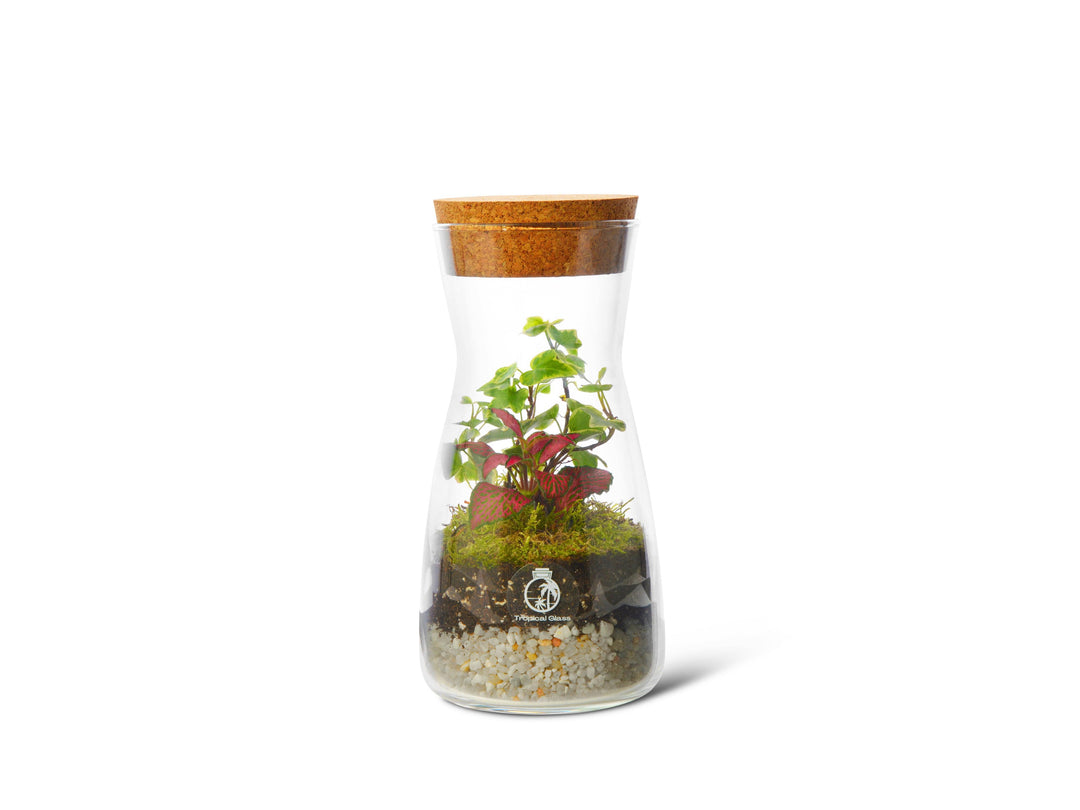
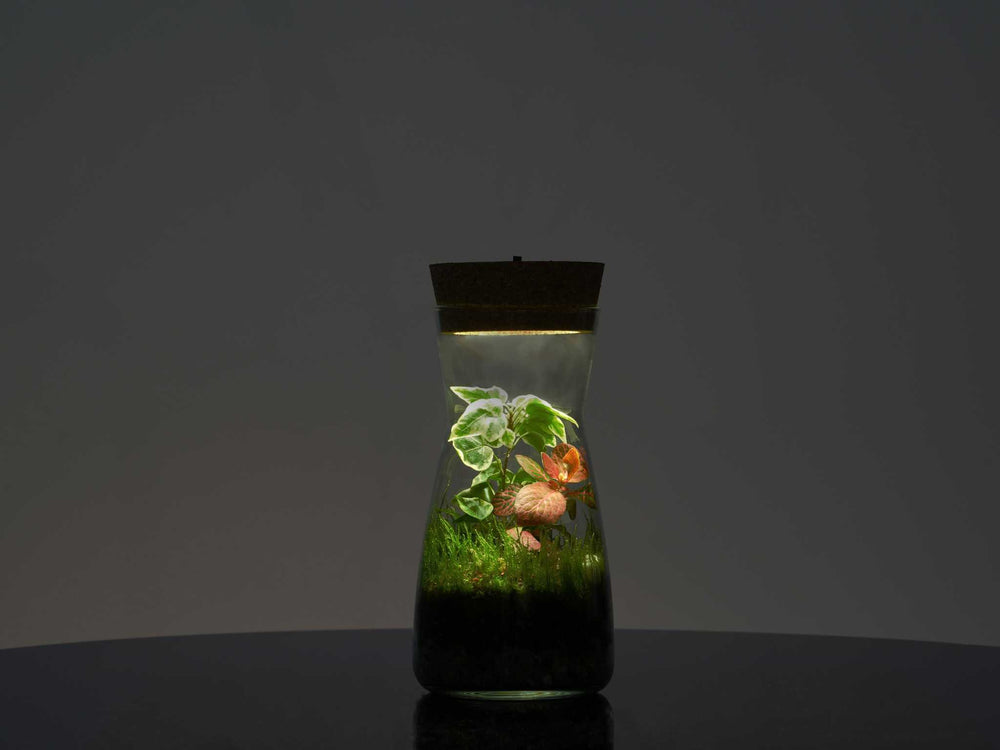
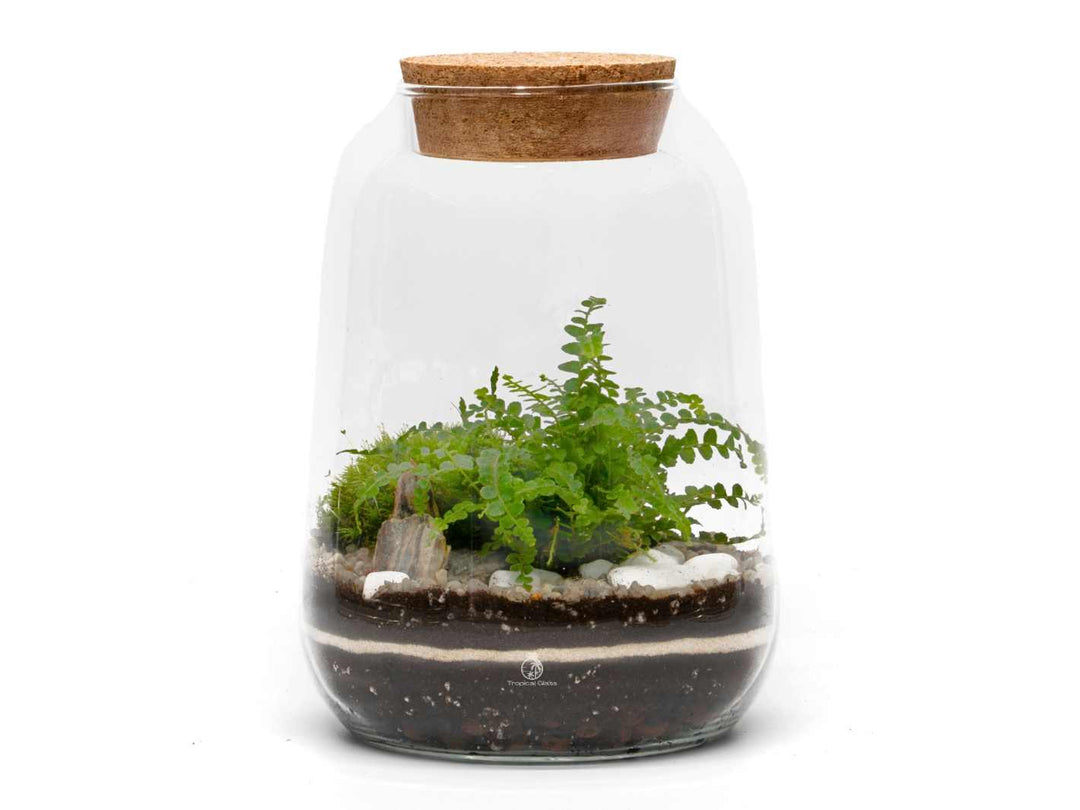
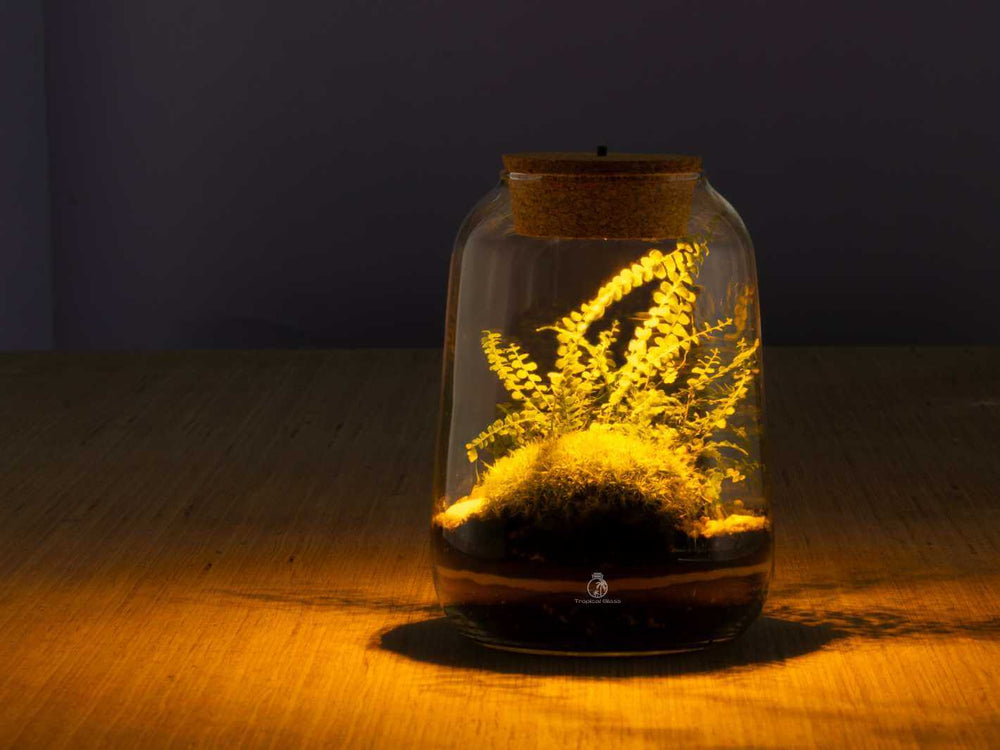
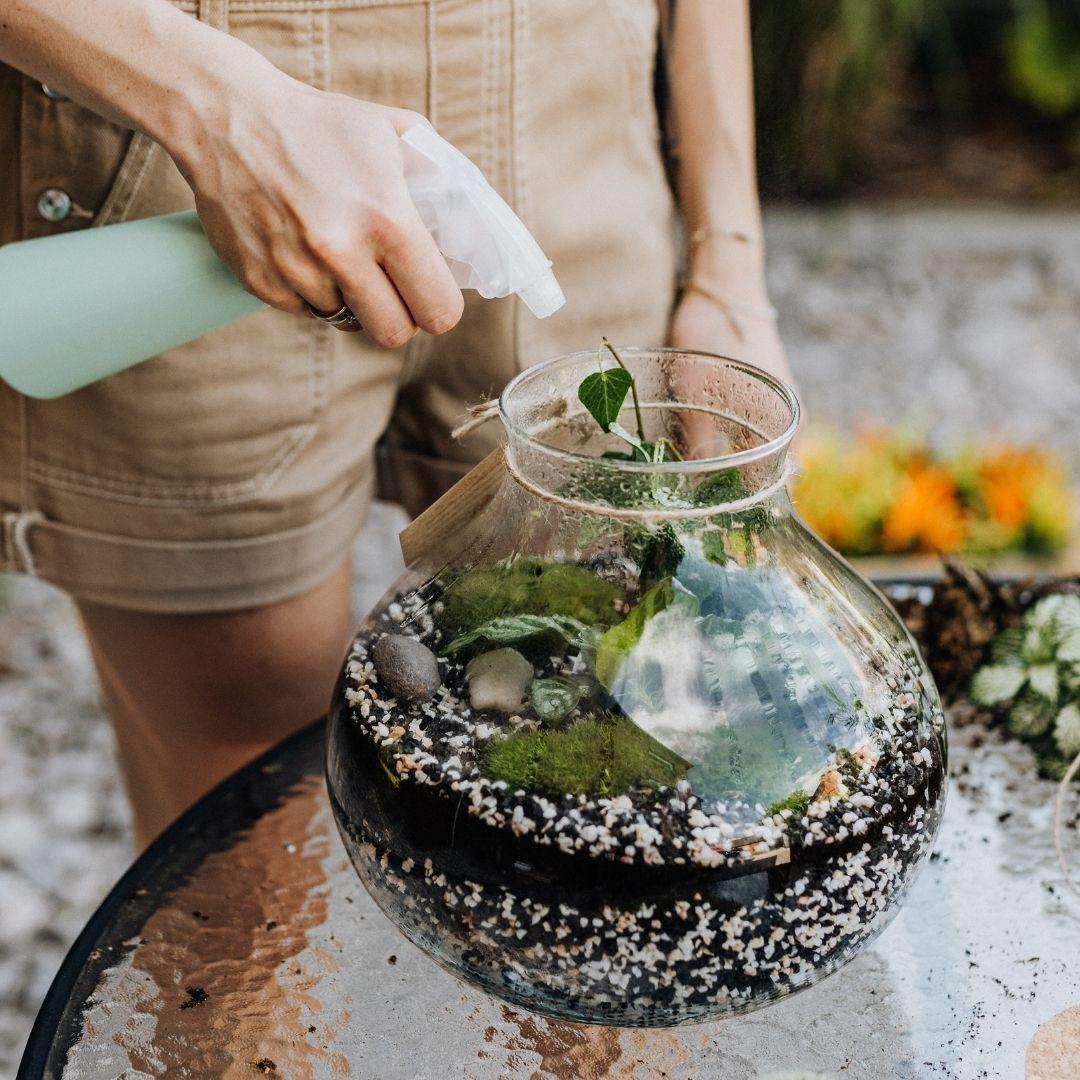
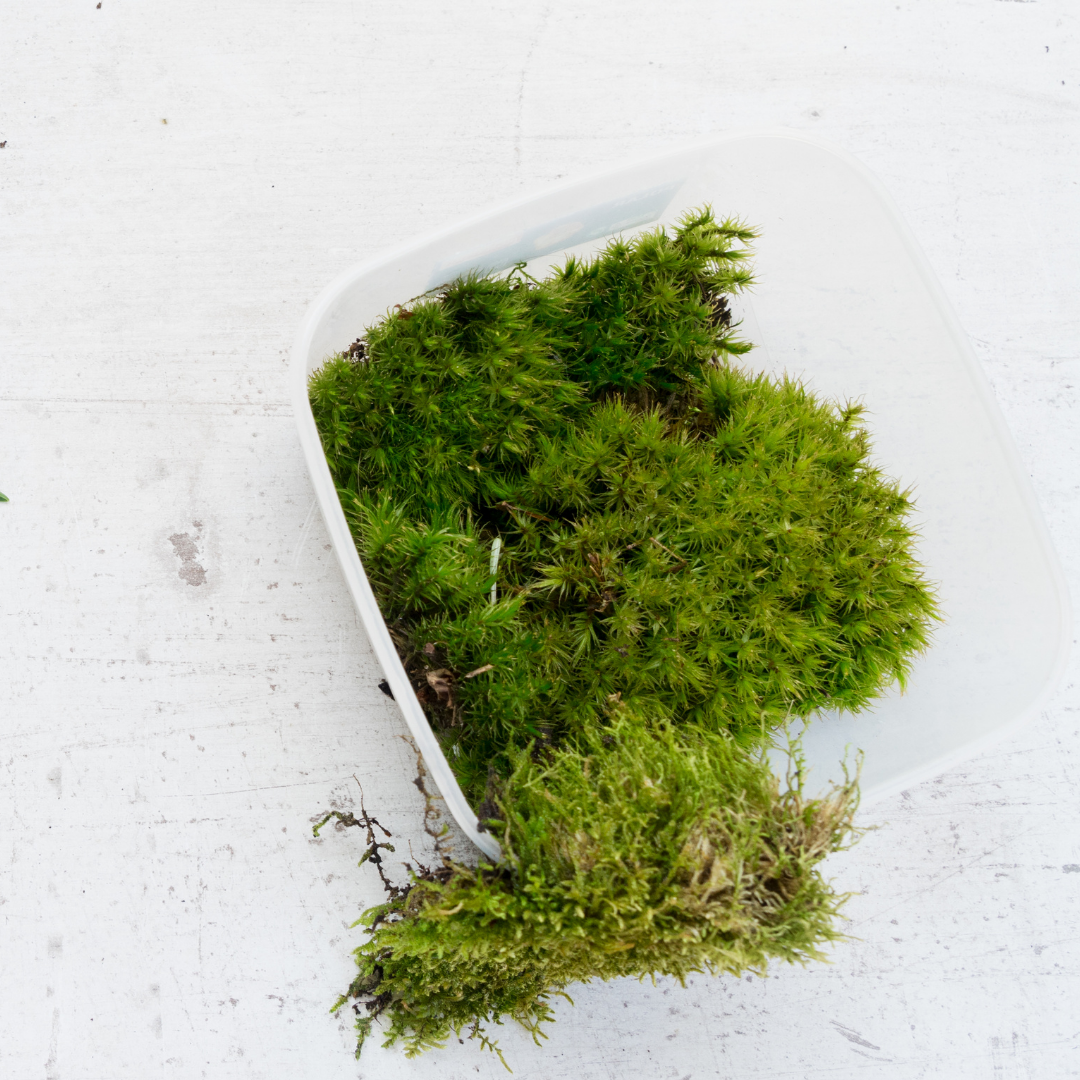
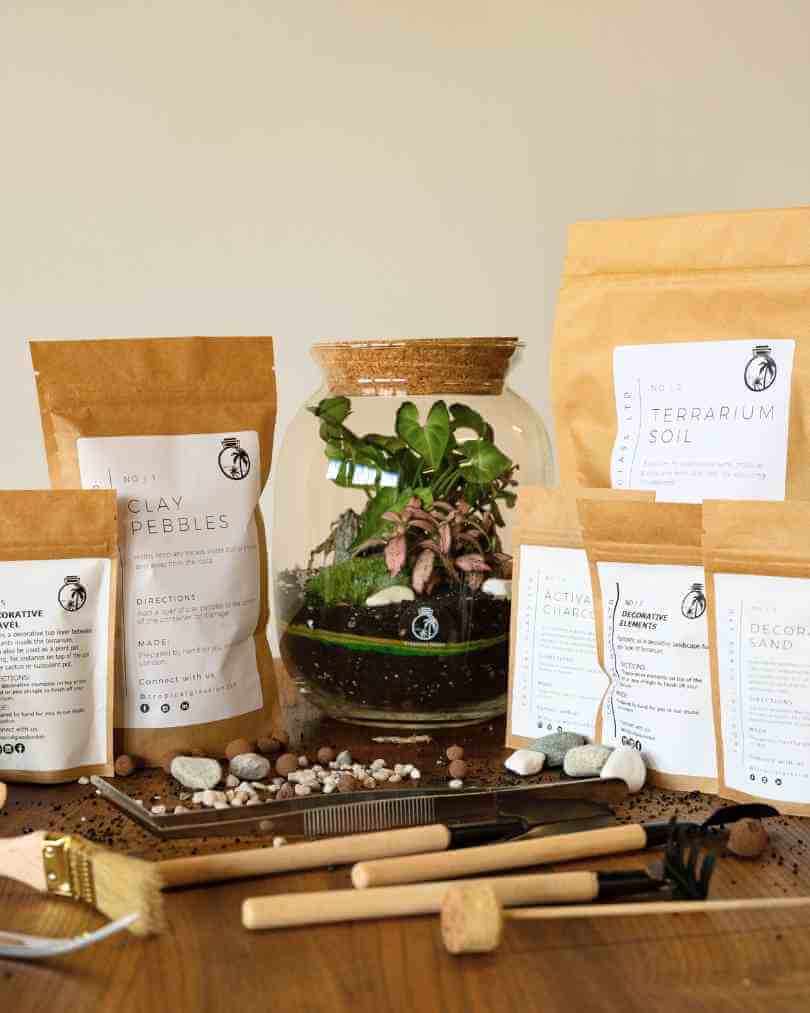
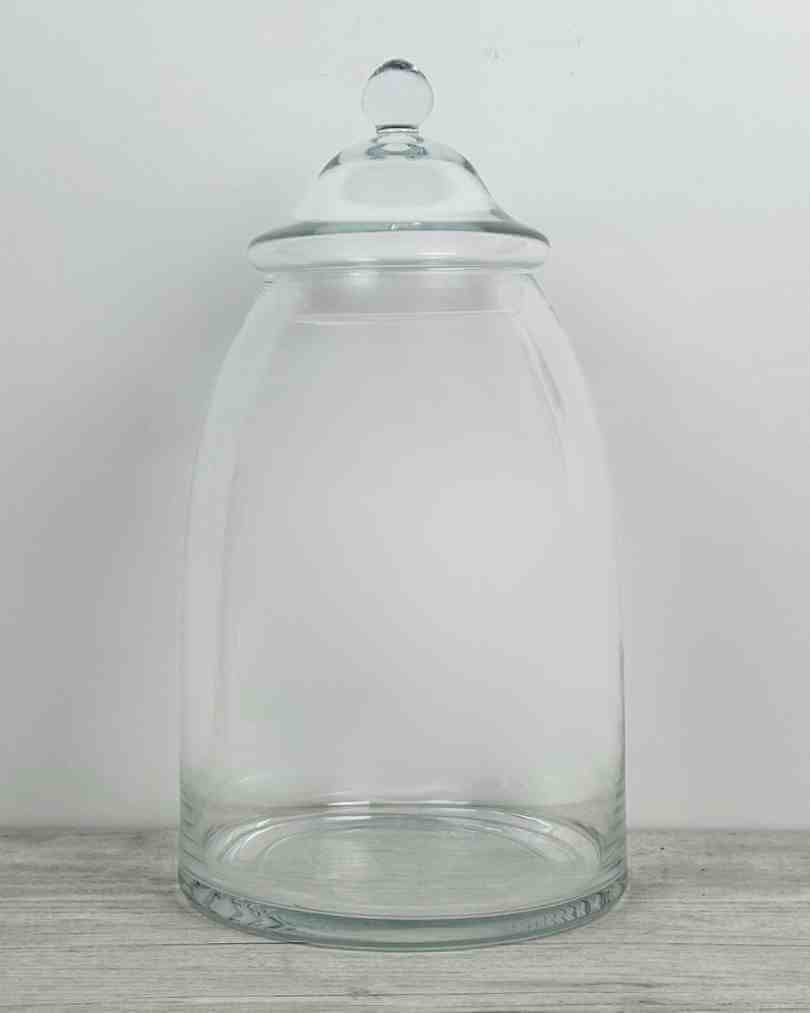
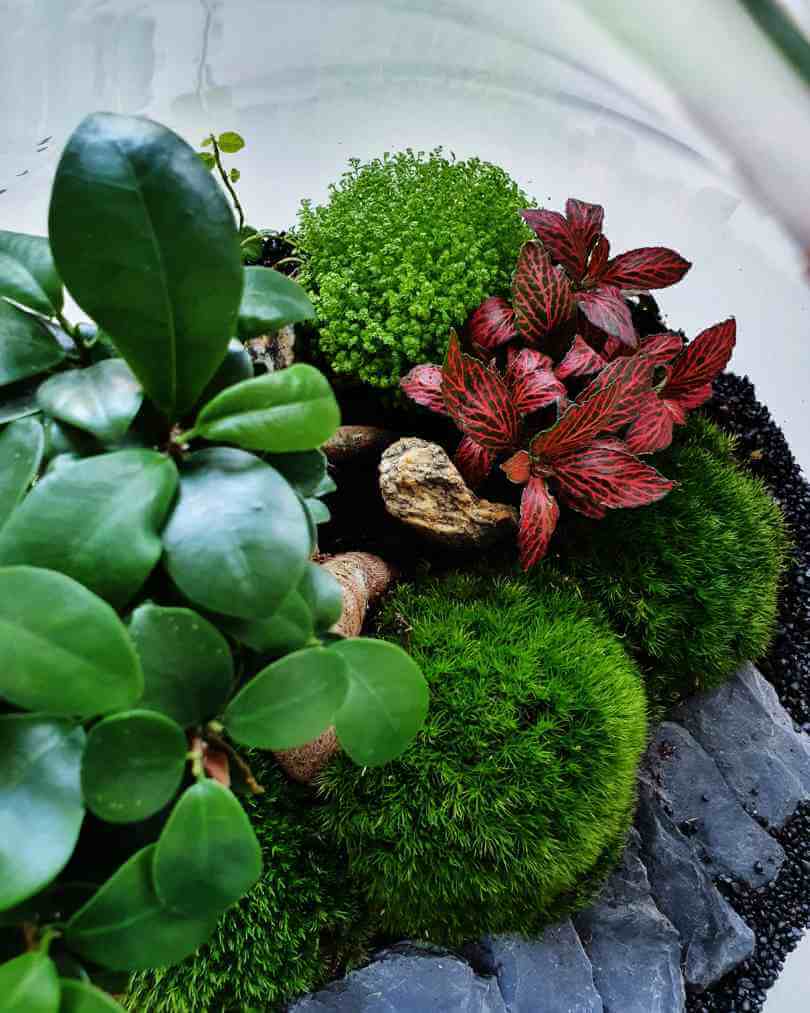
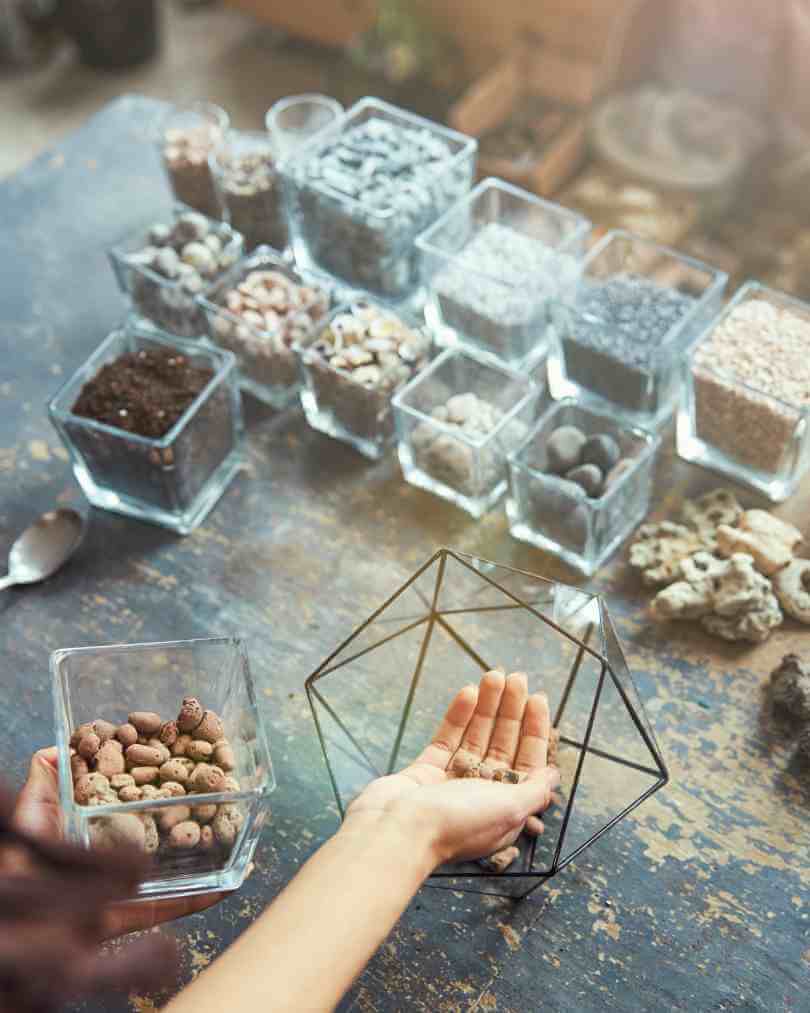
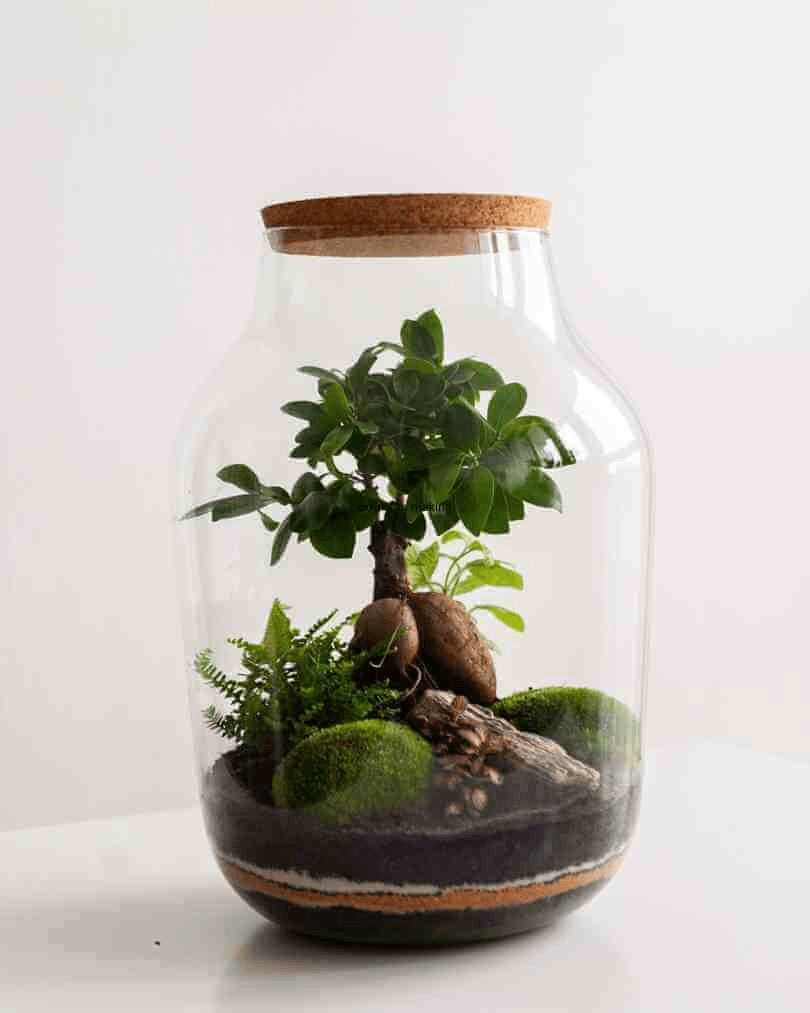
Leave a comment